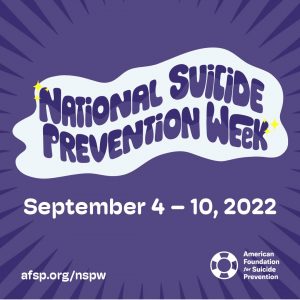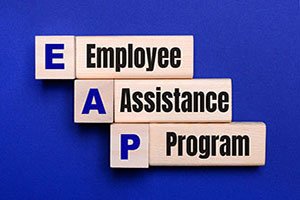by CUPA-HR | September 28, 2022
In the wake of the Great Resignation and talent recruitment challenges, heavy workloads have led to stress and burnout for some employees. One way higher ed HR pros can help identify sources of stress and mitigate burnout is by considering employees’ work environments. Are invisible pressures placed on employees, causing team members to downplay or hide their concerns about heavy workloads, or can employees be honest about their concerns and feel comfortable bringing their whole selves to work each day? How would employees describe the atmosphere where they work? Are levity and humor weaved into the workday, or is the lack of levity contributing to feelings of being overwhelmed?
In the recent CUPA-HR virtual workshop, How to Manage Unmanageable Workloads, presenter Jennifer Moss explained how building psychological safety and bringing the fun back to work can reduce the impact of overwork and burnout. So what is psychological safety, and how can HR integrate it and the elements of fun and play into the workplace?
Increase Psychological Safety
“Psychological safety is the ability to reveal one’s true self and opinions without fear that doing so will lead to negative repercussions in terms of reputation, career, status or relationships with others,” explains Why Psychological Safety Matters Now More Than Ever, an article in the Spring 2021 issue of Higher Ed HR Magazine. Teams with high psychological safety see more open conversations between team members and managers about their work. They feel comfortable sharing honestly because they know they won’t be punished simply for doing so.
Read the article to learn how HR pros can elevate psychological safety in the workplace by attending to systems and structures, supporting employees to forge connections, and fostering a learning orientation.
Bring Back the Fun
Although HR has much serious work to do, leaders can look for opportunities to incorporate fun, where appropriate. The application of fun and play has been shown to reduce stress and feelings of burnout while also improving creativity and productivity in working environments. Having fun at work has shown to have a positive impact on employee morale, engagement and camaraderie, all of which collectively have an influence on an organization’s culture. Here are some ideas to bring back the fun and stimulate play in the workplace.
Encourage Humor
Similar to incorporating more fun into the workplace, there are also plenty of benefits to weaving humor into the workplace. This element of work is sometimes considered non-essential but has many emotional and physical benefits that make us happier and healthier at work. Humor builds trust in relationships; a culture where it’s okay to admit failure; and happier, healthier employees. Learn how to conduct a humor audit to analyze where your workplace humor went right and ways to use it more effectively.
Related resources:
Health and Well-Being Toolkit (CUPA-HR members-only toolkit)
How to Bring the Fun at Work (Higher Ed Workplace Blog)







